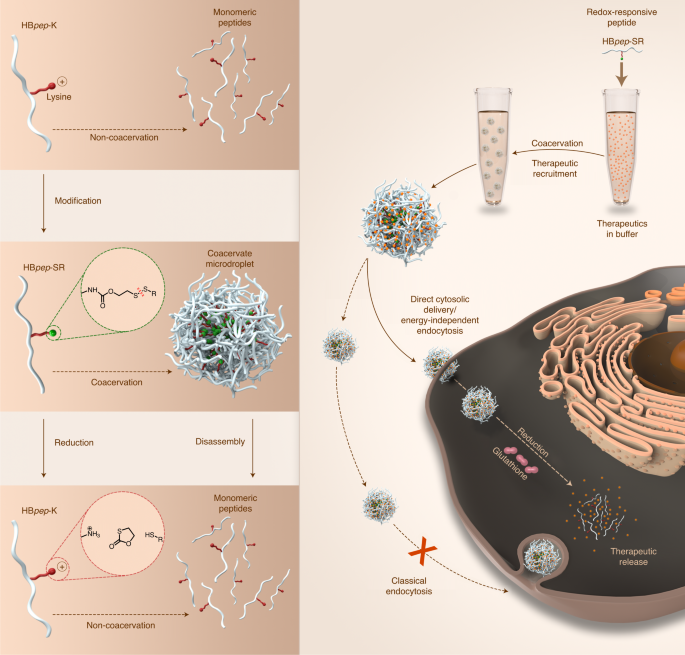2022-03-18 カリフォルニア大学バークレー校(UCB)
・カリフォルニア大学バークレー校の研究者たちは、かつてアルコール依存症患者の禁酒に広く使われていた薬が、網膜変性症のマウスの視力改善に役立つことを発見しました。
・この薬は、遺伝性疾患の網膜色素変性症(RP)のヒトや、加齢黄斑変性症など他の視力障害でも視力を回復させる可能性があります。
・ジスルフィラム(別名アンタビュース)という薬が、体内のアルコール分解に関わる酵素だけでなく、レチノイン酸を作る酵素も阻害することに気付いた。クレイマーとカリフォルニア大学サンタバーバラ校(UCSB)の研究室を率いる共同研究者のマイケル・ゴードは、新しい実験で、ジスルフィラムを投与するとレチノイン酸の生成が減り、ほぼ盲目のマウスがコンピューター画面上の画像を検知する能力が大幅に向上することを発見した。

マウスの網膜神経節細胞(緑)は、変性性視力障害で過活動となる。他の網膜細胞は青色で表示されている。過活動は、網膜から脳への適切な信号伝達を阻害する。カリフォルニア大学バークレー校のリチャード・クレイマーの研究室は、過活動が起こる原因を突き止め、そのプロセスを阻害し、それによって視力を改善する薬剤を特定した。
(Image credit: Shubhash Yadav, Kramer lab)
<関連情報>
- https://news.berkeley.edu/2022/03/18/antabuse-may-help-revive-vision-in-people-with-progressive-blinding-disorders/
- https://www.science.org/doi/10.1126/sciadv.abm4643
Retinoic acid inhibitors mitigate vision loss in a mouse model of retinal degeneration
MICHAEL TELIAS,KEVIN K. SIT DANIEL FROZENFARBENJAMIN SMITH,ARJIT MISRA ,MICHAEL J. GOARD , AND RICHARD H. KRAMER
SCIENCE ADVANCES • 18 Mar 2022 • Vol 8, Issue 11 • DOI: 10.1126/sciadv.abm4643
Abstract
Rod and cone photoreceptors degenerate in retinitis pigmentosa (RP). While downstream neurons survive, they undergo physiological changes, including accelerated spontaneous firing in retinal ganglion cells (RGCs). Retinoic acid (RA) is the molecular trigger of RGC hyperactivity, but whether this interferes with visual perception is unknown. Here, we show that inhibiting RA synthesis with disulfiram, a deterrent of human alcohol abuse, improves behavioral image detection in vision-impaired mice. In vivo Ca2+ imaging shows that disulfiram sharpens orientation tuning of visual cortical neurons and strengthens fidelity of responses to natural scenes. An RA receptor inhibitor also reduces RGC hyperactivity, sharpens cortical representations, and improves image detection. These findings suggest that photoreceptor degeneration is not the only cause of vision loss in RP. RA-induced corruption of retinal information processing also degrades vision, pointing to RA synthesis and signaling inhibitors as potential therapeutic tools for improving sight in RP and other retinal degenerative disorders.


